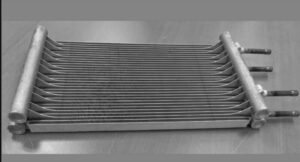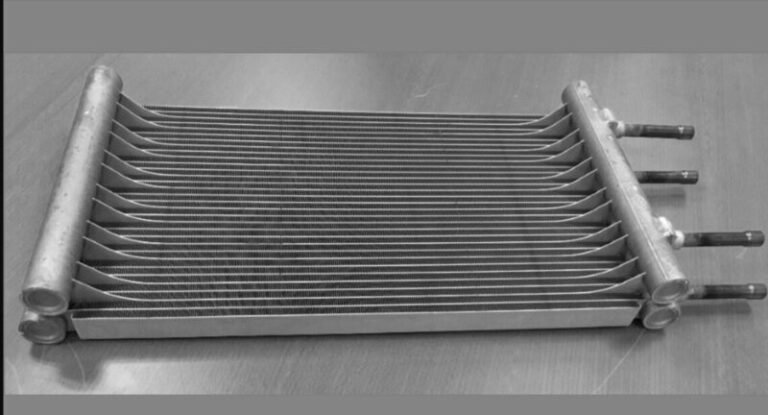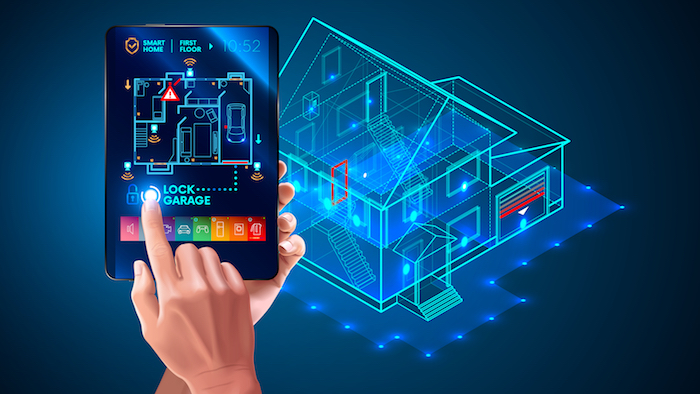The number of Australian homeowners is again on a steady rise, as millennials are starting to slowly show more and more interest in the concept of homeownership. However, this is not just a great privilege, but also a great responsibility. Household maintenance is not a simple matter and it’s something that first-time homeowners have some trouble approaching. On the one hand, they might feel the need to save money by engaging in various DIY repair projects. Then again, this might end up making things worse. Nowhere is this situation better depicted than when it comes to the issue of plumbing problems and ways of fixing them. Here are several tips and principles you need to adhere to that we’ll cover through these several plumbing issues.
1. Weak water pressure
There are so many reasons why the water pressure in your home may be weaker than it should be. First of all, it might be due to faulty fixtures, most commonly due to rust or layers of calcium that is getting piled up. Cleaning or replacing these fixtures might be the solution in this particular scenario but, if this is not the case, you might need to look a bit deeper into the diagnostics. Valve issues, problems with a pressure regulator or an insufficient main supply line are just some of the causes that you might encounter. In some scenarios, the fix is a simple matter. Otherwise, you might need some professional assistance or a replacement of the part of your plumbing system.
2. Frozen pipes
Another issue that some Australians are dealing with is one of the frozen pipes. Truth be told, this is an issue that is incredibly easy to handle preventively. All you have to do is shut off all the valves that control these outdoor valves and make sure the pipes are emptied out. Then, you can even cover or dismantle fixtures (temporarily of course). If the pipes are already frozen, however, the struggle will become a tad more serious than you’ve expected. Before you start thawing a frozen pipe, you need to shut off the water supply and apply a heat source (heat lamp or hair dryer will do) to the frozen area. Those willing to purchase some extra equipment might even consider getting thermostatically controlled heat tape.
3. Burst or leaking pipe
This particular issue is probably an area where you are supposed to contact a professional. Still, this particular fix comes in two major stages. First, you need to locate the main valve and shut it off, in order to prevent further damage until the commercial plumber arrives at your location. Second, you need to contact your emergency plumber. When choosing a plumber, there are two things you need to focus on. First, the person in question needs to be reliable and reputable enough and second, they need to be close enough to arrive on short notice. So, if the homeowner in question is a Perthie, they should definitely look for a specialist Perth plumber to have amongst their contacts.
4. Leaky taps
If you were ever to attempt a DIY repair on your own (other than unclogging the toilet), fixing a leaky tap should be simple enough, even for a complete layman. Most commonly, it’s the issue with the seat washer, which is an inexpensive part that’s easy to replace. However, there are several different faucet types (compression, ceramic-disc, cartridge and ball faucet), which means that the issue that you’re having depends on the faucet type that you’re facing.
5. Hot water heater
This is yet another area where contacting a professional is a must, seeing as how there’s a risk of getting electrocuted by attempting a DIY repair. First, you need to do some troubleshooting. Is there no hot water or not enough hot water? The issues that cause these problems are quite dissimilar and, therefore, have completely dissimilar solutions. Then again, there are instances where the water is too hot or has a strange odor (even discoloration) when hot. Lastly, if the water heater is making noises, immediately turn it off, flush all the water from it and contact the professional.
Conclusion
In the end, it is clear that there are some scenarios in which attempting a DIY repair puts you and your property in an immediate danger, which is something that you’ll have to learn how to deal with, sooner or later. Just by knowing these several simple tricks, you’ll already make your property and your home’s plumbing a lot safer. Resourcefulness and problem-solving are what home maintenance is all about.











